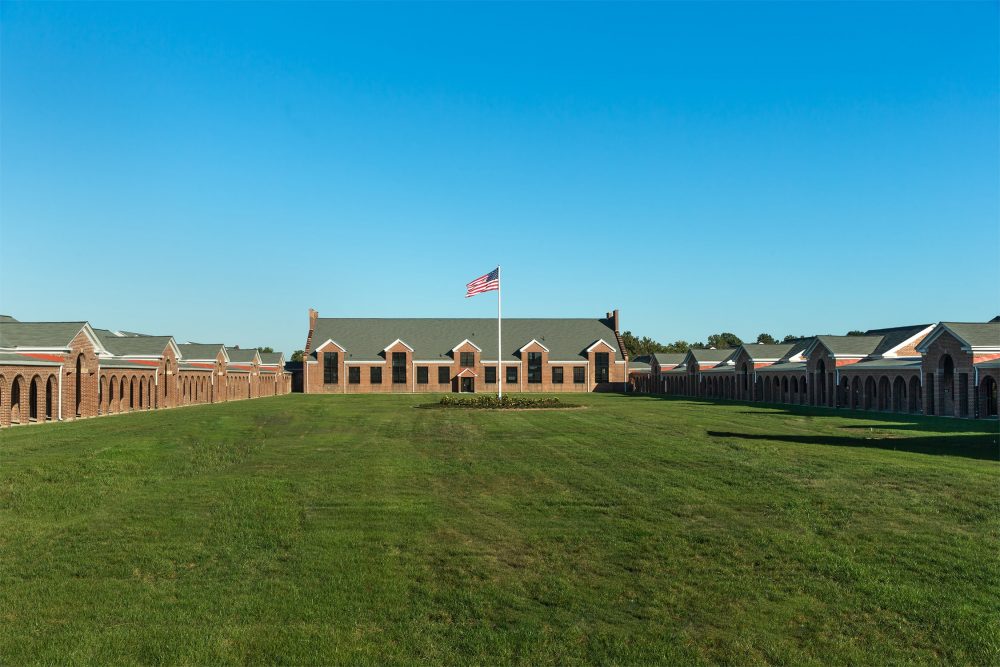We could save billions by transforming these shuttered monuments to mass incarceration into something far more useful, humane and fiscally responsible. What the military did decades ago offers a proven blueprint.
Growing up in Northern Virginia, I used to pass the Lorton Reformatory on family drives. Its looming brick walls and barbed wire warned us to fear whoever was inside. As one of the community’s largest and most expensive building complexes, the prison spoke volumes about what our society valued: punishment over accountability, brutality over repair.
Twenty years later, as an activist designer and architect, I was invited to an artists’ open-studios event near the old reformatory. As we drove up, I realized we weren’t just near the prison — we were entering it. The same complex that had once filled me with childhood dread had been transformed into a vibrant community with affordable housing, retail and public space thanks to community advocacy and thoughtful reinvestment. It was an incredible moment of affirmation that we could transform these monuments to incarceration into something far more useful, humane and fiscally responsible.
As debates about government spending and efficiency dominate Washington, politicians at all levels of government are overlooking the most obvious target for enormous savings: mass incarceration. America continues wasting vast sums on its most spectacular policy failure, a system that fails communities while enriching private interests. The prison system represents more than wasteful spending — it’s a profound physical, emotional and moral failure manifested in concrete and steel.

